 Again from historian Dee Brown's 1994 The American West:
Again from historian Dee Brown's 1994 The American West:
Although Cook does not describe the clothing he wore, it is certain that every item was designed for utility. And because of its basic practicality, the working cowboy's costume has changed very little. He seldom wore a coat because it retarded freedom of movement, and if he wore a vest he rarely buttoned it because he believed that to do so would cause him to catch a cold. He wore chaps, not to be picturesque, but to protect his legs from underbrush and weather.
He wore high heels on his boots to keep his feet from slipping through the stirrups, and gloves, not for vanity, but because the toughest palms could be burned raw by the lariat he used constantly in his work. He paid good money for a good-sized hat because it was the roof against the elements; he wanted it big like an umbrella to keep off the sun, the rain, and the snow.
As for the bandanna, J. Frank Dobie once proposed that it be made the official flag of the range country, and he has cataloged some of its uses: to protect the back of the neck from the sun; for a dust mask; an ear cover in cold weather; a towel; a blindfold for skittery horses; for tying a calf's legs together while branding it; as a strainer when drinking muddy water; a dish dryer; a hat tie in windy weather; a sling for broken arms; a bandage; as an aid in hand signaling; a face covering for dead cowboys; for hanging horse thieves.
Tags: Dee Brown, cowboys, west




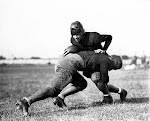
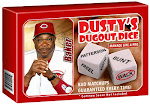
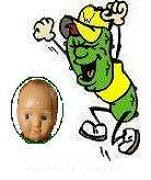

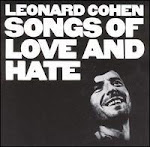



.jpg)


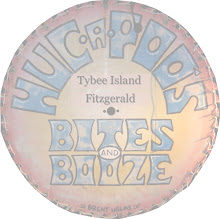
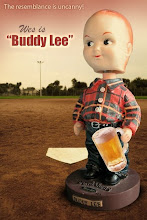
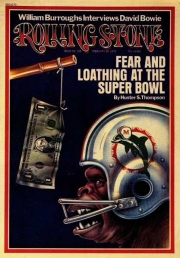

No comments:
Post a Comment